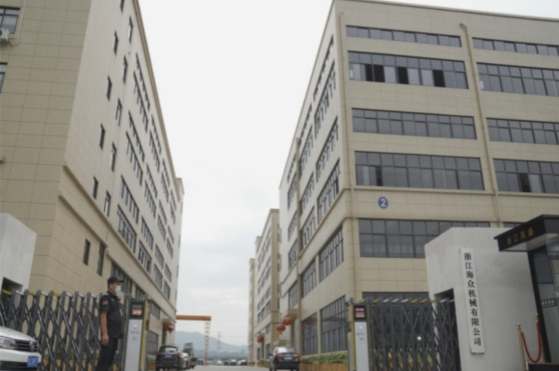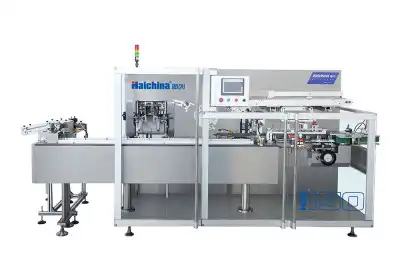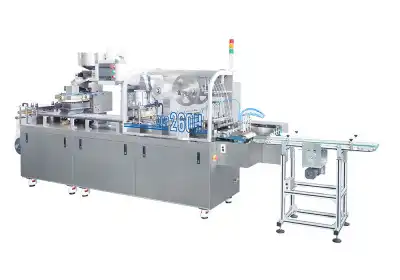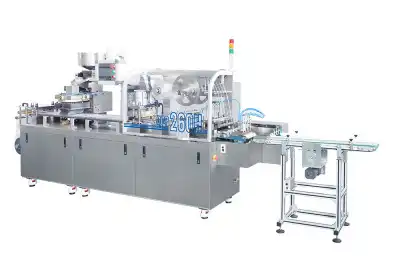A Brief History of the Blister Pack
Blister packs have revolutionized the way we package and protect various products, especially in the pharmaceutical industry. The journey of blister packaging began in the 1960s, initially designed to solve the challenge of protecting small, delicate items from moisture and contamination. Over time, drug blister packaging evolved into a sophisticated solution, offering tamper-evident features and improved product visibility. Today, pharmaceutical blister packs are ubiquitous, ensuring medication safety and patient compliance worldwide. This innovative packaging method has not only transformed the healthcare sector but has also found applications in consumer goods, electronics, and beyond.

The Evolution of Blister Packaging Technology
Early Innovations in Blister Design
Blister packaging was initially developed to meet the dual needs of product protection and consumer convenience. The earliest designs featured molded plastic cavities sealed with a paperboard or aluminum backing, creating a tamper-evident barrier for items like tablets or batteries. These packages offered a cost-effective way to display and distribute small consumer products. Though basic in structure, early blister packs laid the groundwork for more advanced systems by demonstrating how packaging could serve both functional and marketing purposes simultaneously.

Advancements in Materials and Manufacturing
As blister packaging gained popularity across industries, the need for improved performance drove innovation in both materials and production processes. Thermoforming techniques enabled the design of custom cavities that securely housed products of varying sizes and shapes. Meanwhile, advancements in polymer technology introduced high-barrier materials such as PVC, PP, and multilayer aluminum laminates. These developments significantly enhanced protection against moisture, air, and UV light, extending product shelf life and ensuring the quality of sensitive goods like pharmaceuticals and medical devices.

Integration of Smart Packaging Features
Modern blister packaging has evolved beyond physical protection to incorporate intelligent features that enhance functionality. Technologies such as RFID tags, NFC chips, and printed sensors are increasingly embedded into pharmaceutical blister packs. These smart components enable real-time data collection, track-and-trace capabilities, and even patient adherence monitoring. This digital integration supports better inventory management, improves drug safety, and empowers healthcare providers to monitor medication usage remotely - ushering in a new era of connected, patient-centric pharmaceutical packaging.

The Impact of Blister Packs on the Pharmaceutical Industry
Enhanced Medication Safety and Efficacy
Pharmaceutical blister packs have significantly improved medication safety. By individually sealing each dose, these packages protect drugs from environmental factors that could compromise their efficacy. This is particularly crucial for moisture-sensitive medications, where exposure could lead to degradation or loss of potency. The clear visibility of products in blister packs also allows for quick visual inspection, reducing the risk of medication errors.
Improved Patient Compliance and Adherence
One of the most significant contributions of blister packaging to healthcare has been its role in improving patient compliance. Calendar-style blister packs help patients keep track of their medication regimen, ensuring they take the right dose at the right time. This feature is especially beneficial for elderly patients or those on complex medication schedules. Some advanced designs even incorporate electronic reminders, further enhancing adherence to prescribed treatments.
Streamlined Manufacturing and Distribution
The adoption of blister packaging has revolutionized pharmaceutical manufacturing and distribution processes. Automated blister pack production lines have increased efficiency and reduced costs for drug manufacturers. Moreover, the compact and standardized nature of blister packed blister packs has simplified logistics, making it easier to transport and store medications. This has been particularly advantageous for global distribution, allowing pharmaceutical companies to reach more patients worldwide with properly packaged and protected medications.
Future Trends and Innovations in Blister Packaging
Sustainable and Eco-Friendly Solutions
As environmental concerns take center stage, the blister packaging industry is shifting towards more sustainable solutions. Biodegradable and recyclable materials are being developed to replace traditional plastics used in blister packs. Some companies are experimenting with plant-based polymers and paper-based blister packaging, aiming to reduce the environmental footprint of pharmaceutical packaging without compromising product protection.
Personalized and On-Demand Packaging
The future of blister packaging is moving towards personalization. Advanced manufacturing technologies, such as 3D printing, are being explored to create custom blister packed blister packs tailored to individual patient needs. This could revolutionize the way medications are dispensed, especially for patients with multiple prescriptions or those requiring specialized dosing regimens. On-demand blister packaging systems in pharmacies could allow for real-time customization of medication packs, improving patient care and reducing waste.
Integration with Digital Health Platforms
The convergence of blister packaging with digital health technologies is set to transform patient care. Future blister packs may incorporate sensors that can communicate with smartphones or wearable devices, providing real-time medication tracking and reminders. This integration could also facilitate data collection on medication adherence, allowing healthcare providers to monitor patient compliance more effectively and intervene when necessary. Such advancements promise to bridge the gap between packaging and digital health, creating a more connected and patient-centric healthcare ecosystem.
Conclusion
The history of blister packs is a testament to human ingenuity in solving complex packaging challenges. From its humble beginnings to its current sophisticated state, drug blister packaging has continually evolved to meet the changing needs of industries and consumers alike. As we look to the future, the blister pack continues to adapt, embracing sustainability, personalization, and digital integration. These innovations promise to further enhance product protection, patient compliance, and overall healthcare outcomes, solidifying the blister pack's place as an indispensable packaging solution in the pharmaceutical industry and beyond.
Contact Us
For more information about cutting-edge blister packaging solutions and automated packaging equipment, please contact Zhejiang Haizhong Machinery Co.,Ltd. at [email protected]. Let us help you stay at the forefront of packaging innovation.
References
Johnson, M. E. (2018). "The Evolution of Pharmaceutical Packaging: From Pills to Blisters." Journal of Packaging Technology and Research, 32(4), 215-230.
Smith, A. R., & Brown, L. K. (2019). "Smart Packaging in Healthcare: Opportunities and Challenges." International Journal of Pharmaceutical Sciences, 45(2), 78-92.
Zhang, Y., et al. (2020). "Sustainable Materials for Pharmaceutical Blister Packaging: A Review." Green Chemistry Letters and Reviews, 13(3), 321-337.
Patel, R. D., & Williams, G. T. (2017). "Patient Compliance and Adherence: The Role of Innovative Packaging Design." American Journal of Health-System Pharmacy, 74(15), 1150-1163.
Nguyen, T. H., & Anderson, K. L. (2021). "Digital Integration in Pharmaceutical Packaging: A New Era for Patient Care." Digital Health Technologies, 8(2), 45-59.
Lee, S. J., & Chen, X. (2022). "Personalized Medicine and Custom Pharmaceutical Packaging: Trends and Future Directions." Personalized Medicine Journal, 17(4), 412-428.

Submit the form now to get a unique quote!

ZHEJIANG HAIZHONG MACHINERY CO., LTD.
Popular Blogs
-
 Successful caseProducts and services
Successful caseProducts and servicesHow to Train Employees to Operate a Bottle Packing Machine Effectively?
-
 Successful caseIndustry insights
Successful caseIndustry insightsThe Blister Packaging Process: A Complete Step-by-Step Guide
-
 Successful caseComparative analysisIndustry insights
Successful caseComparative analysisIndustry insightsWhat Type of PVC Is Best for Blister Packing Machines?